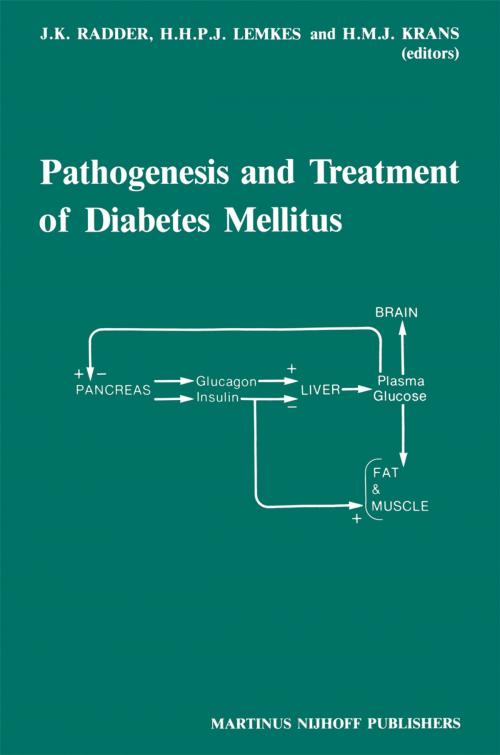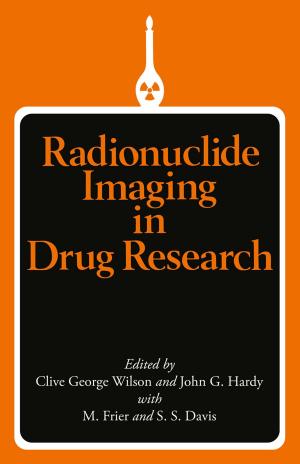Pathogenesis and Treatment of Diabetes Mellitus
Nonfiction, Health & Well Being, Medical, Specialties, Internal Medicine, Endocrinology & Metabolism, General| Author: | ISBN: | 9789400943018 | |
| Publisher: | Springer Netherlands | Publication: | December 6, 2012 |
| Imprint: | Springer | Language: | English |
| Author: | |
| ISBN: | 9789400943018 |
| Publisher: | Springer Netherlands |
| Publication: | December 6, 2012 |
| Imprint: | Springer |
| Language: | English |
In this book on diabetes mellitus both the pathogenesis and treat ment of the disease will be discussed. Pathogenetic studies have led to the distinction between type I and type II diabetes. In type I hyperglycaemia is due predominantly to insulin deficiency; in type II insulin resistance is more important. Three pathogenetic factors are thought to play a role in the etiol ogy of type I diabetes: heredity, viral infections and immunity. There may be a relationship between these three aspects since genetic pre disposition changes the susceptibility to viral infections and/or the immunological defence against these infections. Insulitis ensues. Auto immune processes initiated by this chain of events may contribute to the destruction of the B cells in the islets of Langerhans and diabetes -may eventually follow. This means that at the time of the sudden out break of the disease, the destructive process has already been active for years.
In this book on diabetes mellitus both the pathogenesis and treat ment of the disease will be discussed. Pathogenetic studies have led to the distinction between type I and type II diabetes. In type I hyperglycaemia is due predominantly to insulin deficiency; in type II insulin resistance is more important. Three pathogenetic factors are thought to play a role in the etiol ogy of type I diabetes: heredity, viral infections and immunity. There may be a relationship between these three aspects since genetic pre disposition changes the susceptibility to viral infections and/or the immunological defence against these infections. Insulitis ensues. Auto immune processes initiated by this chain of events may contribute to the destruction of the B cells in the islets of Langerhans and diabetes -may eventually follow. This means that at the time of the sudden out break of the disease, the destructive process has already been active for years.















